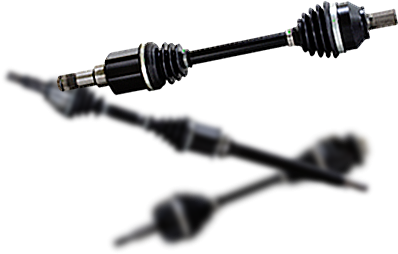“Free” Flowforming in Aerospace
40 years of experience and knowhow is conveyed on to find optimum solutions. Our expertise can provide optimum solutions in the Aerospace Industry for the following products

40 years of experience and knowhow is conveyed on to find optimum solutions. Our expertise can provide optimum solutions in the Aerospace Industry for the following products








© 2020 Repkon Web Design MediaClick